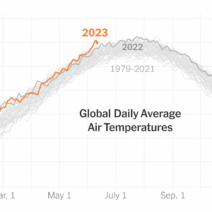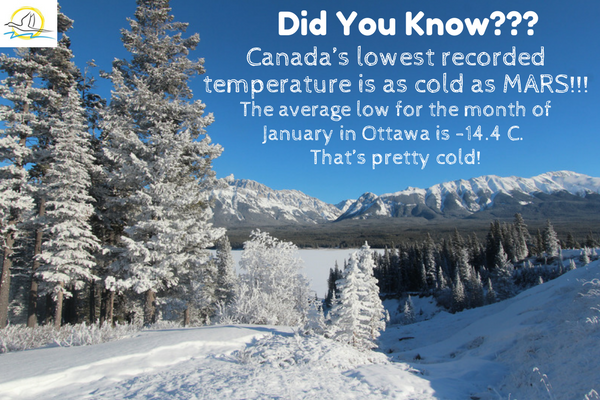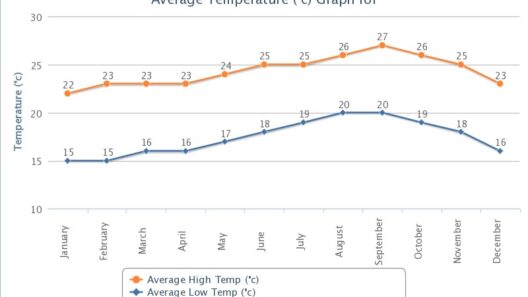Canada, a vast expanse of land flanked by striking coastlines, rugged mountain ranges, and sweeping prairies, is renowned for one notable feature: its climatic diversity, with a significant portion characterized by cold, harsh winters. What type of climate predominantly shapes the Canadian landscape? And how does this prevailing cold challenge our understanding of climate change? This exploration will unveil the climatic tapestry of Canada, dissecting its various zones with a particular focus on the dominant cold climates.
To comprehend Canada’s climate, one must first appreciate its geographical breadth. Stretching over 9.98 million square kilometers, Canada is the second largest country in the world, encompassing several distinct climatic regions. These regions are heavily influenced by latitude, altitude, proximity to water bodies, and prevailing winds, creating a mosaic of climatic conditions. However, the stark northern landscape draws attention due to the extreme climates it harbors, primarily classified as subarctic and polar.
The subarctic climate predominantly covers the northern territories, defined by long, frigid winters and short, cool summers. Temperatures can plunge dramatically during winter months, with areas such as Yukon and Northern Quebec regularly experiencing lows of -30°C or colder. The brief summer—often a fleeting respite from the chilling grip of winter—allows temperatures to rise above 20°C, creating a temporary lushness as flora awakens from its frost-induced slumber. However, one must ponder: how resilient are these ecosystems in the face of a warming planet?
An intriguing characteristic of the subarctic regions is the permafrost, or permanently frozen ground, which forms a critical foundation for the delicate tundra environment. When poking around the Arctic tundra, one notices a landscape of low-lying vegetation, mosses, lichens, and hardy shrubs, all uniquely adapted to endure the cold and short growing season. Yet, as climate change accelerates, permafrost is beginning to thaw, prompting alarming consequences. The released greenhouse gases from melting permafrost may intensify global warming, creating a reciprocal effect that places not just Canada, but the entire planet, at risk.
Transitioning southward, the boreal forest zone emerges, marked by expansive coniferous forests that blanket approximately 60% of Canada’s land area. This climate is typified by moderately cold winters and mildly warm summers. The boreal forests play a pivotal role in sequestering carbon, acting as significant carbon sinks. However, as temperatures rise, these forests are under siege from pests, diseases, and unseasonal wildfires, which threaten their survival and ability to mitigate climate change. An essential inquiry arises—can the boreal forests withstand the onslaught of climatic shifts, or will they be pushed beyond their ecological limits?
Farther south, the humid continental climate prevails, encompassing regions including Ontario and the Prairie provinces. This climate is characterized by four distinct seasons, where winters are cold and snowy, while summers are pleasantly warm. Major urban centers, such as Toronto and Calgary, epitomize this climate, attracting millions with their vibrant cultural offerings. However, the increasing frequency of extreme weather events, such as heat waves and torrential downpours, compels us to reevaluate our urban planning and disaster preparedness initiatives. The looming question persists: how will Canadian cities adapt to the backdrop of escalating climate irregularities?
To the southwest, the Pacific Coast exhibits a maritime climate, where oceanic influences temper the extremes of temperature experienced further inland. Cities like Vancouver enjoy mild winters and moderate summers, fostering a unique ecosystem enriched with lush greenery and diverse wildlife. Nonetheless, this region grapples with challenges posed by rising sea levels due to melting glaciers, a direct consequence of global warming. Coastal communities must redefine strategies for resilience against the encroaching tides. What innovative solutions can we harness to safeguard our coastlines?
As we navigate through Canada’s varied climates, it becomes acutely clear that the stark reality of climate change looms large over every region. The interactions between different climatic zones create a complex web of relationships, each dependent on the intricate balance of nature. The cascading effects of a warming climate disrupt this equilibrium, revealing vulnerabilities not only within Canada’s landscapes but throughout the globe.
Moreover, the Indigenous communities that have thrived for millennia amid these climes possess invaluable knowledge regarding the sustainable stewardship of these lands. Their traditional ecological practices and deep-rooted connections with nature can offer profound insights into contemporary environmental stewardship necessary to combat climate change. Yet, as modernization and industrialization press forward, how will these harmonious practices withstand the onslaught of modern development?
In summation, Canada’s climate is a testament to both the beauty and fragility of our planet. From the subarctic tundras to the maritime coastlines, each zone tells a tale of resilience and adaptation. However, as the specter of climate change extends its reach, Canadians face a formidable challenge: to safeguard these majestic environments and foster sustainable practices that honor both tradition and innovation. Every action undertaken today influences the legacy left for future generations. As we contemplate the future of Canada’s climate, we must collectively ask ourselves: What kind of relationship do we want to cultivate with our planet, and how will we rise to the challenge of preserving its inherent beauty amidst the cold embrace of a changing world?




